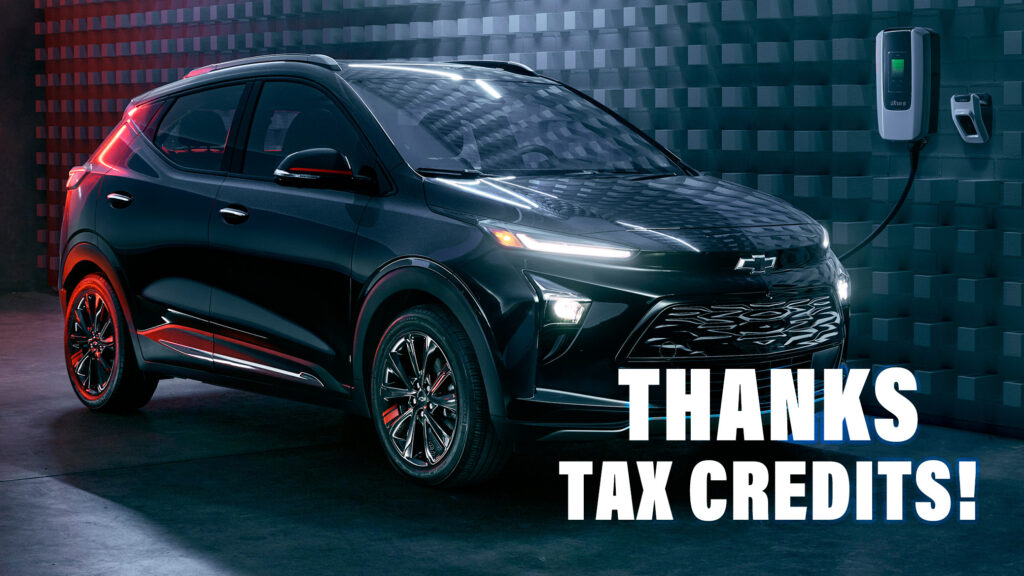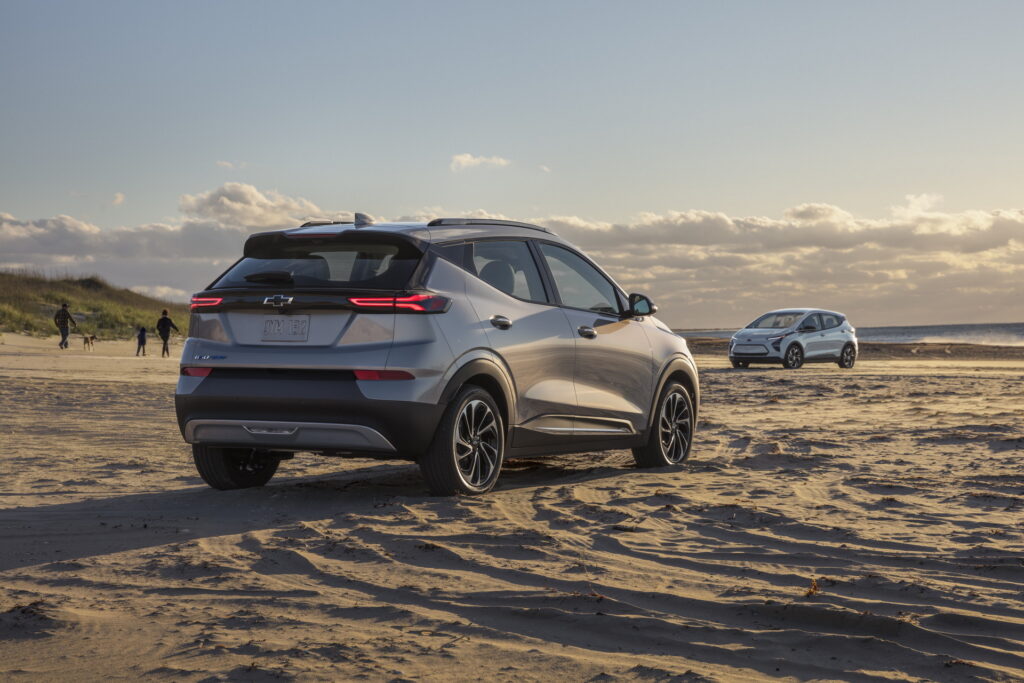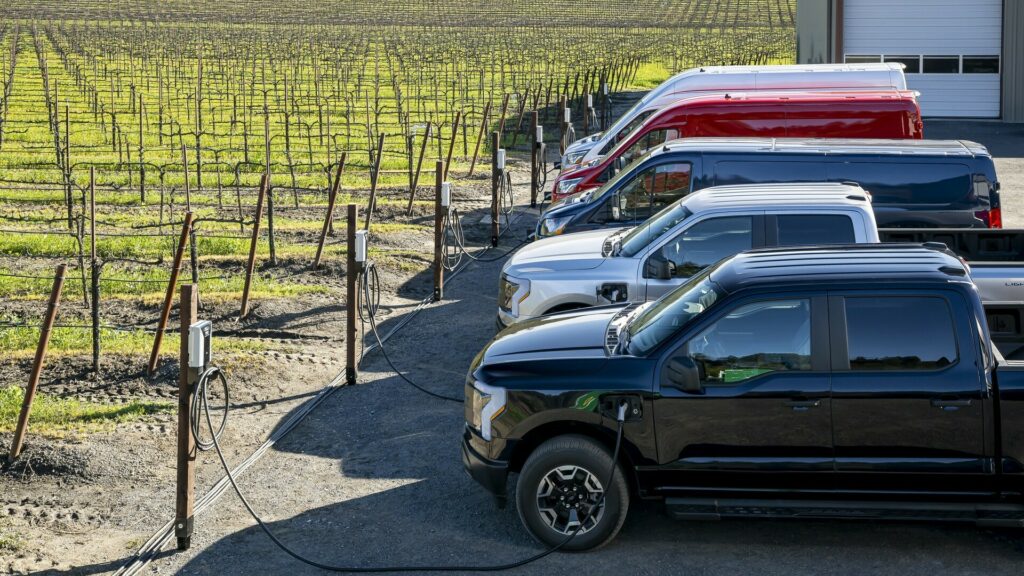The Hyundai Motor Group’s EVs fell due to their ineligibility for the $7,500 federal EV tax credit
5 hours ago
 –>
–> 
by Brad Anderson
–>
In January, sales of electric vehicles made in North America experienced a significant increase, which can be attributed in part to the implementation of new tax incentive regulations that were introduced as part of the Inflation Reduction Act.
Sales data from Experian reveals that the top eight EVs in January were all manufactured in North America. Leading the charge was the Tesla Model Y with 28,833 registrations, the Model 3 with 17,526 registrations, the Chevrolet Bolt EUV with 4,928 registrations, and the VW ID.4 in fourth with 4,049 registrations, a 251 per cent increase from last year.
The EV with the fifth-highest number of registrations in January was the Ford Mustang Mach-E totaling 3,286 units. It was followed by the Ford F-150 Lightning with 2,918 registrations and the Chevrolet Bolt EV with 2,526 registrations.
Read: Suppliers And Automakers Disagree On Inflation Reduction Act’s EV $7.5k Tax Credits

Hyundai And Kia Suffer
It is thought that a new requirement for EVs to be assembled in North America in order to receive the $7,500 federal tax credit is a reason why a greater number of U.S.-built EVs are featured in the top-selling list. While this is good news for these carmakers, it’s bad news for the Hyundai Motor Company which saw the Hyundai Ioniq 5 slip from 7th place for the full-year 2022 to 9th place in January 2023. The Kia EV6 dropped out of the top 10 EVs altogether having finished 2022 in 8th.
advertisement scroll to continue
Unsurprisingly, Tesla continues to dominate the EV market, although its EV market share did fall from 74% to 57%. Chevrolet finished January with an 8.5% share while Ford had a 7.7%, Volkswagen was 4th with a 4.6% share and Hyundai was 5th with just a 3% share.
“The sales trend for green vehicles, starting with hybrids 20 years ago and more recently for EVs, has consistently been tied to government incentives,” iSeeCars.com executive analyst Karl Brauer told Auto News. “When strong incentives are attached to a given vehicle, that vehicle will see improved sales. The reverse is also true. When government incentives are reduced or eliminated, the target vehicles will see a notable decline in volume.”
Other factors are also in play. For example, Tesla significantly cut prices in January while Chevrolet slashed prices of the Bolt EV and Bolt EUV last year.

 –>
–> 

